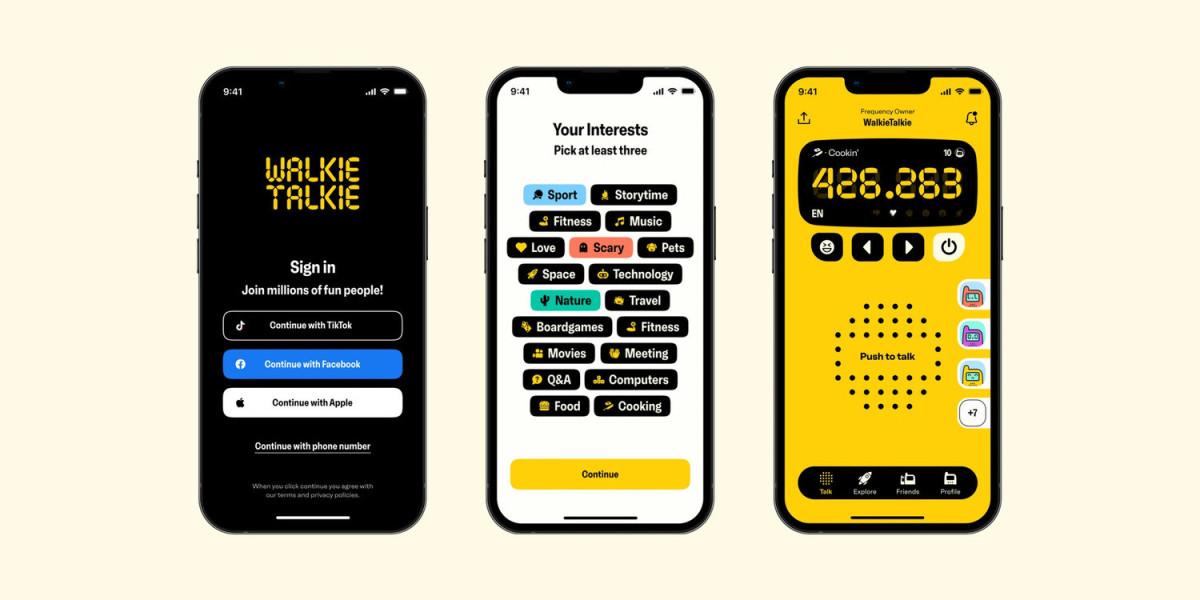In high-risk industries such as construction, manufacturing, and emergency services, effective communication can be a matter of life and death. Push to Talk (PTT) technology has emerged as a crucial tool in enhancing communication efficiency and safety in these demanding environments.
What is Push to Talk (PTT)?
Push to Talk is a communication method that allows users to instantly connect with others via a two-way radio-like system. Instead of dialing a number or waiting for a connection, users simply push a button to transmit their voice, facilitating quick and direct communication.
Key Benefits of Push to Talk in High-Risk Industries
1. Instant Communication:
In emergencies or critical situations, every second counts. PTT enables instant communication, reducing response times and enabling swift coordination among teams.
2. Group Communication:
High-risk industries often involve teams spread across large areas or operating in noisy environments where traditional communication methods like phones or even walkie talkies may be impractical. PTT allows for group communication, ensuring that all team members are on the same page.
3. Hands-Free Operation:
Many PTT devices support hands-free operation, allowing workers to communicate while performing tasks that require both hands. This feature enhances safety by reducing distractions and maintaining focus on the job at hand.
4. Durability and Reliability:
PTT devices are designed to withstand harsh conditions such as extreme temperatures, dust, and moisture, making them suitable for use in rugged environments typical of high-risk industries.
5. Integration with Other Systems:
PTT technology can be integrated with existing communication systems and software, enhancing interoperability and ensuring seamless communication across different departments or organizations involved in complex operations.
Applications in Various High-Risk Industries
1. Construction:
In construction sites, where hazards are abundant and communication is vital for coordinating tasks and ensuring safety protocols are followed, PTT facilitates real-time communication among site managers, supervisors, and workers.
2. Manufacturing:
In manufacturing facilities, PTT helps streamline production processes by enabling quick communication between operators, technicians, and maintenance teams to address issues promptly and minimize downtime.
3. Emergency Services:
For police, firefighters, and paramedics, PTT ensures instant communication during emergencies, allowing first responders to coordinate rescue efforts, request backup, and update status reports in real time.
4. Transportation and Logistics:
In transportation and logistics, where efficient coordination between drivers, dispatchers, and warehouse personnel is essential for smooth operations, PTT provides a reliable means of communication across geographically dispersed teams.
Future Trends and Innovations
As technology evolves, the future of PTT in high-risk industries is likely to include advancements such as enhanced data integration, AI-driven voice recognition for hands-free operation, and improved battery life and durability to meet the growing demands of these sectors.
Conclusion
Push to Talk technology plays a pivotal role in enhancing communication effectiveness and safety in high-risk industries. By enabling instant, reliable, and hands-free communication, PTT systems empower workers to respond swiftly to challenges, coordinate effectively, and ultimately improve operational outcomes in environments where clear communication is paramount. As these industries continue to evolve, the integration of advanced PTT solutions promises to further optimize safety and efficiency, ensuring that teams remain connected and capable of addressing challenges with maximum responsiveness.








